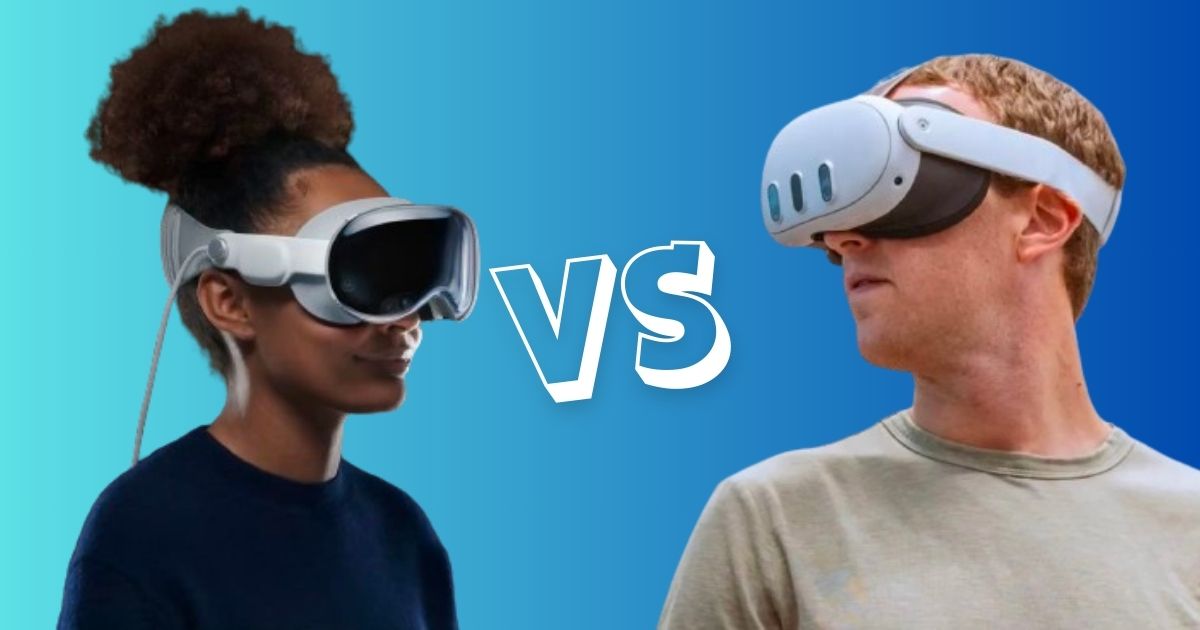Meta’s upcoming Horizon OS update (formerly Quest OS) introduces improvements to window management in VR, offering users more flexibility when arranging applications. This update seems to be inspired by features available on Apple Vision Pro. This comes after Apple reportedly rejected Meta AI due to privacy concerns, and their history.
Previously, multitasking on Meta Quest devices involved placing up to three windows side-by-side in a docked format. The new update expands on this functionality and lets users position up to three windows freely within their virtual space alongside the three dockable windows.
The update also brings a new virtual keyboard that can be positioned vertically or at an angle for easy typing in VR. These features are currently available for testing through the Public Test Channel (PTC).
And now since we’re talking about windows, I want to bring your attention to macOS 15’s new window tiling arrangement system, something that has been on Windows for almost a decade now.
While inspired by the Apple Vision Pro, there are key distinctions between the two systems. Apple’s approach allows windows to be placed and locked in any physical location within the user’s space, even staying across the movement and after removing the headset. This creates a unique interaction method, blurring the lines between virtual apps and real-world objects.
Think of it as setting up a virtual screen on your desk. Now, you can roam around your house, and as soon as you come back to your desk, you’ll find your virtual machine in the same position you left it.
Meta’s implementation appears to have limitations. Freely placed windows might not retain their position across significant distances and may reset upon changing views.
Additionally, the dimming function for virtual environments while using 2D apps is currently incompatible with passthrough mode, which allows viewing the real world through the headset.
Despite these limitations, the update feels like a big step forward for multitasking capabilities on Meta Quest devices. Either way, if you need help choosing one, we have a guide for you.
More here.
